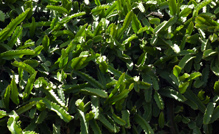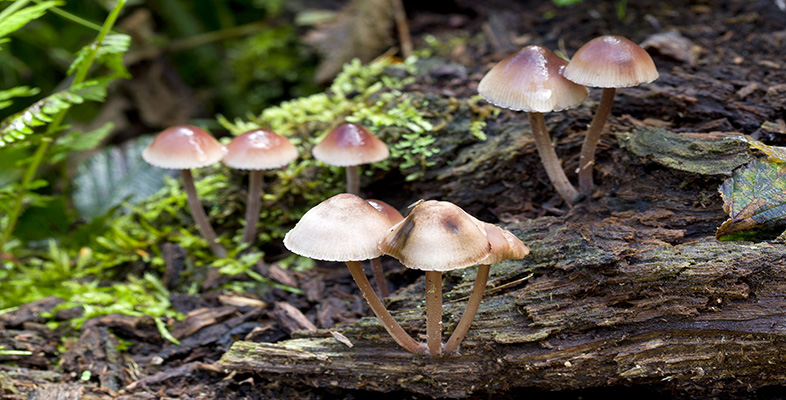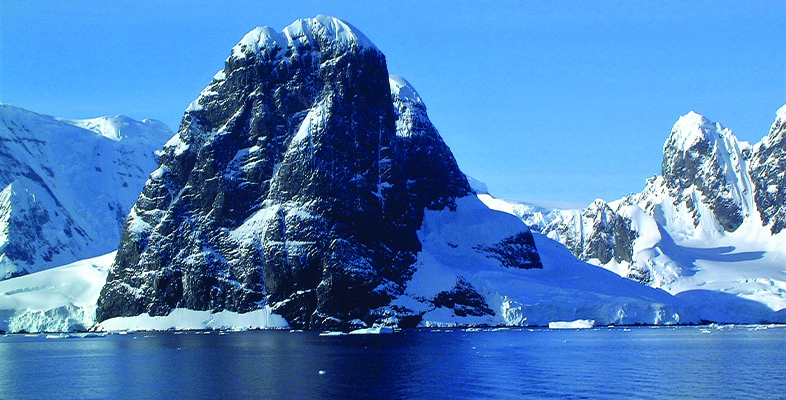
Carbon is a raw material for photosynthesis, in the form of carbon dioxide. Green plants use it to make vital organic compounds.
On the land, plants get the carbon they need as a gas from the air. In water, plants ranging from seaweeds to phytoplankton are supplied by dissolved carbon dioxide, CO2.
Once inside, the carbon enters the plants' cells, and eventually the tiny green structures called chloroplasts. These give leaves their colour, and capture light energy from the Sun.
What happens next is a complex chain of reactions that can be summarised very simply. Water and carbon dioxide are converted, using the sun's energy, into simple sugars. The oxygen released in the reaction is now available for other organisms to respire.



Rate and Review
Rate this article
Review this article
Log into OpenLearn to leave reviews and join in the conversation.
Article reviews